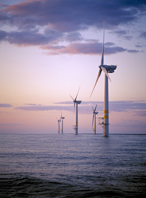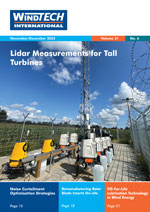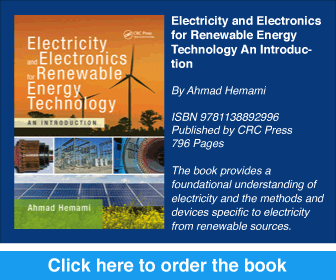Can the Grid Deliver?
 Recent years have seen significant reductions in the commercial viability of UK wind farm development as a consequence of factors such as limited availability of turbines, increases in metal prices, reduced availability of skilled support for construction operations and grid access constraints. Despite this, the excellent wind resource and shallow waters around the UK ensure that offshore development is seen by government and the renewables industry as the most significant opportunity to realise very ambitious renewable energy targets and aspirations.
Recent years have seen significant reductions in the commercial viability of UK wind farm development as a consequence of factors such as limited availability of turbines, increases in metal prices, reduced availability of skilled support for construction operations and grid access constraints. Despite this, the excellent wind resource and shallow waters around the UK ensure that offshore development is seen by government and the renewables industry as the most significant opportunity to realise very ambitious renewable energy targets and aspirations.









